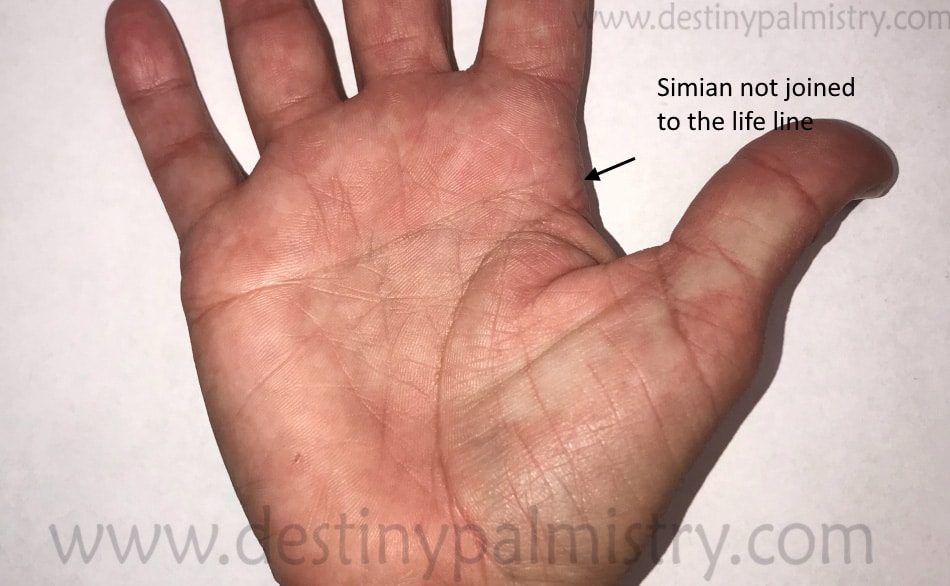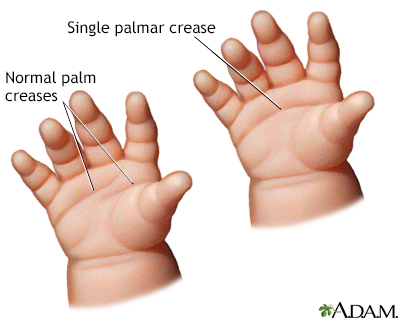bilateral single palmar creases sorted by
relevance
-
Related searches:
- fullmetalifrit nude
- Thora Birch nackt
- isabelle redfern nackt
- Marie Vernalde nackt
- matore jebacice
- ls land nude pics
- hängetitten porn
- poslovna pratnja beograd katalog
- notgeile frauen ficken
- ich liebe mein mann sprüche
- cheb nachtleben
- sex mit bruder und schwester
- lynn collins

Admin22.08.2021
3208

Admin01.09.2021
4706

Admin28.06.2021
4007

Admin06.09.2021
9405










